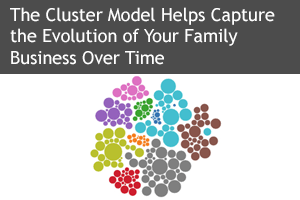Step 1: Alignment And Core Values–You First
Alignment is how learning to resolve family issues begins, and this is how my self-study course, Re-Imagining Relationships For Families In Business begins. My use of the concept of alignment is meant to be a 3D acceptance of your basic core values.







